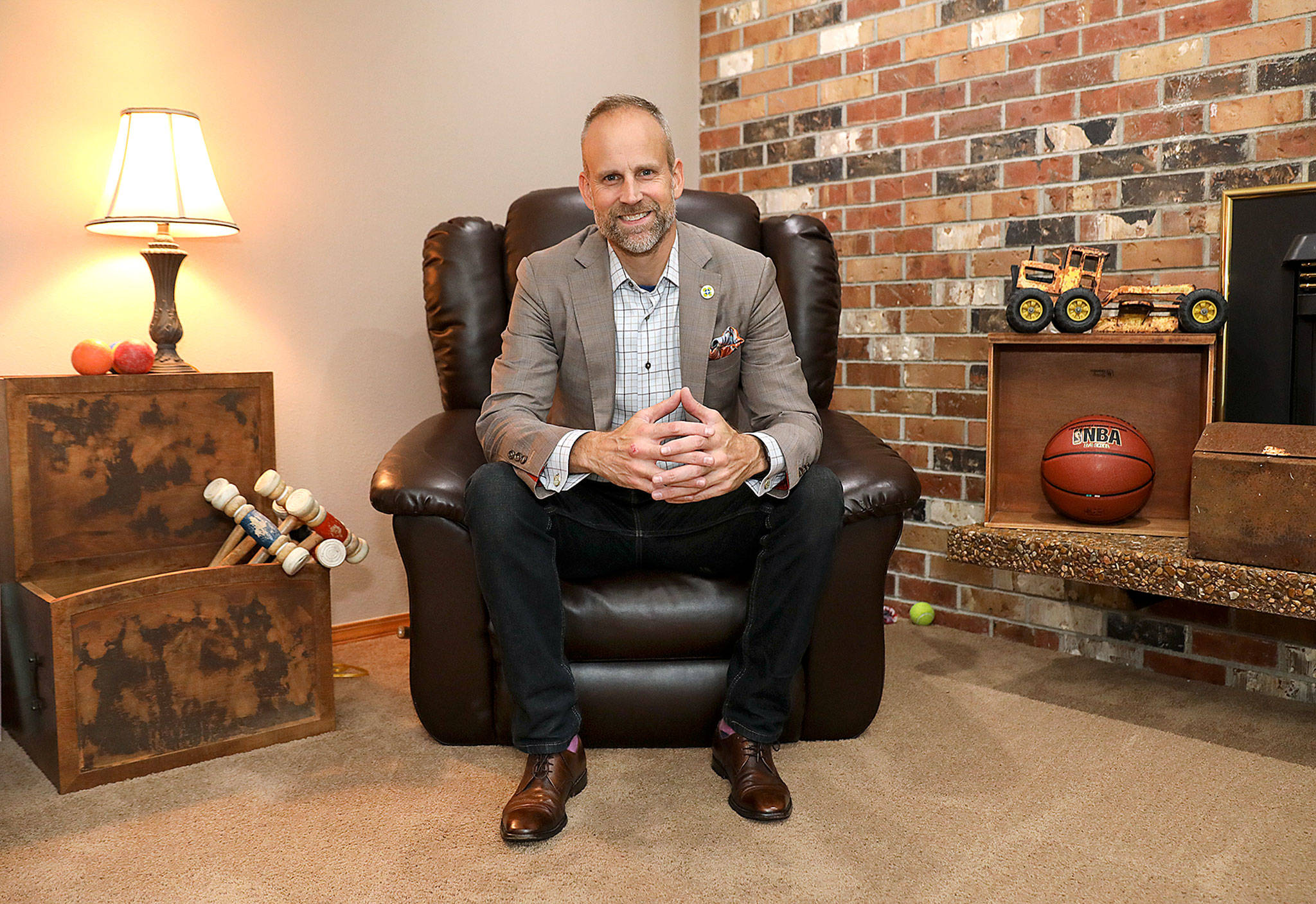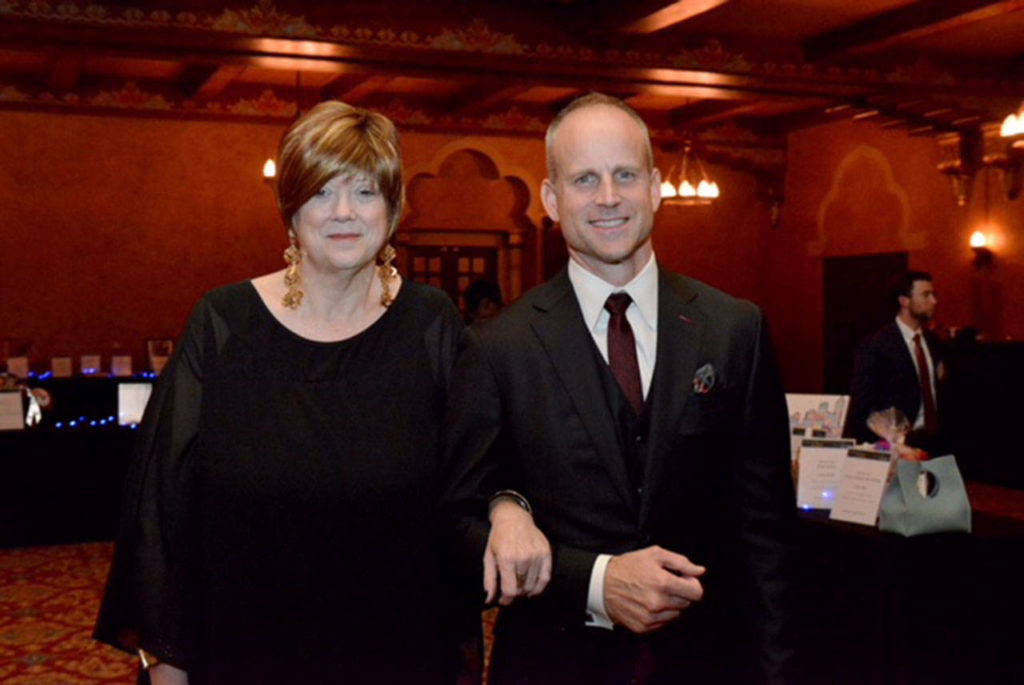EVERETT — When Jeff Collins was told nearly a decade ago that he was a match for a Georgia woman who needed a bone marrow transplant, he didn’t hesitate.
He pictured a procedure involving a long needle used to withdraw marrow from deep within his pelvic bone.
“I heard it was painful,” Collins said, “but I didn’t care because it was a chance to save someone.”
Collins, who was born and raised in the Everett area, owns My Haberdasher, a high-end custom clothing shop.
He’s is not alone in his fear of a long needle. Many people envision donating bone marrow as a grueling surgical process that leaves them sore for weeks.
This perception stops a lot of people from joining the bone marrow registry, said Victoria Masters.
Her life was saved by Collins’ donation, after she was diagnosed with leukemia.
There was a time when a bone marrow transplant required inserting a needle in the hip, Masters said, but that is no longer the primary method used.
About 75 percent of donors, according to DKMS, an international blood cancer charity, go through a different process called peripheral blood stem cell donation. Blood is removed from one arm and passed through a machine to collect the stem cells before it’s returned to the bloodstream through the other arm. This is the procedure Collins went through.
“Nobody knows how this is done now,” Collins said. “It’s not a big deal. It’s not invasive.”
Masters was told she had acute myeloid leukemia 10 years ago. Within hours of her diagnosis she was undergoing treatment. Her doctor said without a transplant she had just months to live.
Until a donor was found, Masters said, she was kept alive with chemotherapy and blood transfusions.
Parents are rarely a good match, Masters said, while a blood sibling has a one in four chance. Her brother was not one of the lucky 25 percent able to donate to his sister.
“That broke my brother’s heart,” Masters said.
About 70 percent of patients do not have a family member that is a match, according to Be The Match, a registry program run by the National Marrow Donor Program.
Out of the 9 million people on the bone marrow registry at the time, Collins was Masters’ only match.
“I feel like I owe him my whole life,” Masters said. “Jeff gave me 10 years of magically ordinary days.”
Thanks to Collins, Masters saw her son graduate college and marry.
The two got to meet in September at the annual Be The Match gala.
“She is a really sweet person,” Collins said. “She is the kind of person you really want to save.”
Masters calls him her blood brother.
He was on the registry about nine years before he was matched with Masters.
The registry is always looking for potential donors, Masters said, especially from diverse communities.
To join the bone marrow registry requires a cheek swab. Visit www.bethematch.org for more information.
“It would be nice if the word got out how easy it is to save someone with a transplant,” Collins said.
Lizz Giordano: 425-374-4165; egiordano@heraldnet.com; Twitter: @lizzgior.
Talk to us
> Give us your news tips.
> Send us a letter to the editor.
> More Herald contact information.



























